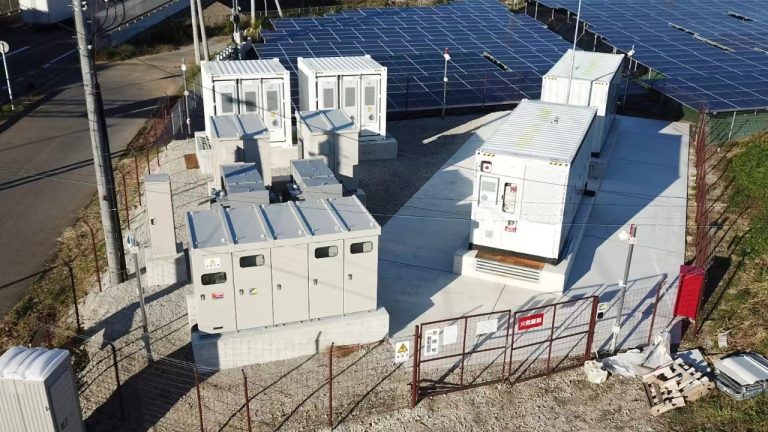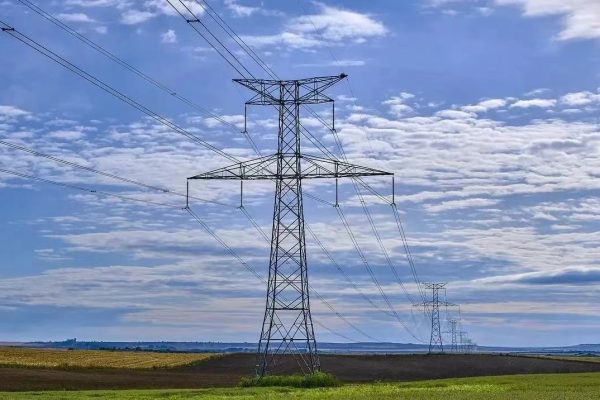Helping Integrators and Exporters Choose the Right Planning Software
In the growing market for residential and small commercial energy storage systems, choosing the right PV+Storage sizing tool is critical. Whether you’re an installer, system integrator, or exporter supporting overseas clients, poor sizing can lead to:
- Overspending on unnecessary capacity
- Undersized systems that fail to meet demand
- Frustrated end users and increased support costs
This article reviews which tools are reliable for small-scale ESS planning, how to use them correctly, and what exporters should know when supporting clients in emerging or budget-sensitive markets.
🧮 Why Sizing Tools Matter in Small Projects
In large C&I or utility systems, engineering firms use complex software and simulations. But for homes, schools, shops, farms, and other smaller use cases, you need something:
- Fast and easy to use
- Based on accurate assumptions
- Able to handle limited or incomplete user data
- Delivering results suitable for 3–100kWh systems
⚠️ A wrong estimate of just 20% can mean thousands of dollars wasted—or worse, systems that underperform during outages.
✅ What a Good Sizing Tool Should Provide
For small PV+ESS projects, a useful sizing tool must include:
| Feature | Why It Matters |
|---|---|
| Load Profile Input | Understand day vs night usage; support custom input |
| Solar Resource Modeling | Use local irradiance (or user-defined input) |
| Battery Sizing Logic | Depth of discharge, autonomy days, roundtrip losses |
| Inverter Compatibility | Match battery and PV sizes to actual product specs |
| Hybrid Mode Simulation | Grid-tied, off-grid, time-of-use savings models |
| Output Reports | Generate exportable PDFs, BOMs, or summaries |
🔧 Common Types of Sizing Tools
1. Manufacturer Sizing Portals
Examples: Growatt SPH Designer, GoodWe SEMS Planner, SMA Sunny Design
- Pros:
- Real-world compatibility (their own inverters/batteries)
- Fast sizing for hybrid systems
- Usually cloud-based and free
- Cons:
- Locked to their product ecosystem
- Limited flexibility for mixed-brand systems
2. Independent Web-Based Tools
Examples: PVWatts (NREL), HOMER Quickstart, Solar-Estimate.org
- Pros:
- Useful for preliminary system planning
- Often include weather data libraries
- Not brand-dependent
- Cons:
- Limited to solar generation — need manual ESS integration
- Doesn’t always handle real-world product SKUs
3. Spreadsheet-Based Sizing Tools
Commonly used by many integrators or exported as part of OEM support packages
- Pros:
- Fully customizable (load patterns, backup durations, etc.)
- Works offline
- Can be adapted to include BOM pricing
- Cons:
- Requires technical knowledge to set up
- No solar radiation modeling unless manually imported
✅ Best suited for: SME exporters supporting local installers with variable site conditions and non-English-speaking markets
4. Pro Engineering Tools (For advanced users)
Examples: HOMER Pro, PVSyst, Helioscope (for layout), SAM (from NREL)
- Pros:
- Highly detailed, including system economics and TOU rates
- Multi-source simulation (solar, battery, diesel, grid)
- Optimized for off-grid and mini-grid projects
- Cons:
- Expensive or require a steep learning curve
- Overkill for most homes or shops
🧰 What Exporters and System Integrators Should Do
If you’re supplying hybrid systems to installers in emerging markets, here’s how to support them effectively:
✔ Offer Preloaded Excel Tools
- Include fields for solar input, daily load, inverter size, and number of battery modules
- Set up with local unit conversion and language if possible
- Include a “Recommended SKU Output” page
✔ Build a Web-Based Quick Sizer
- Match your own brand’s battery + inverter lines
- Let clients input daily kWh need and get a basic BOM
- Offer “PDF Export” so they can present to end-users
✔ Train Partners to Use Manufacturer Tools
- Create short video guides for Growatt, GoodWe, Deye, etc.
- Emphasize correct assumptions: e.g., DOD %, inverter overload, grid behavior
🧠 Real-World Tip: Start with Load First, Not Solar
Many beginners ask “How many panels do I need?” — but the correct order is:
- Daily consumption estimate (in kWh/day)
- Backup duration required (in hours or days)
- Battery size required for storage needs
- PV size needed to recharge battery and supply load
- Inverter size based on max instantaneous demand
📋 Tool Accuracy Summary
| Tool Type | Accuracy | Suitability for Small Projects |
|---|---|---|
| Manufacturer Tools | High (brand-specific) | Excellent if using same brand |
| Web Tools | Medium | Good for early-stage planning |
| Excel Tools | Medium–High | Best for controlled applications |
| Engineering Software | Very High | Overkill unless >30kWh |
🏁 Final Thoughts
For small PV+Storage systems, the tool you use matters just as much as the equipment you sell. Exporters and technical distributors should focus on:
- Providing accessible tools for budget-conscious clients
- Matching system performance with customer expectations
- Supporting local installers with fast, accurate sizing and documentation
A well-sized system leads to fewer complaints, better ROI, and more repeat customers.









